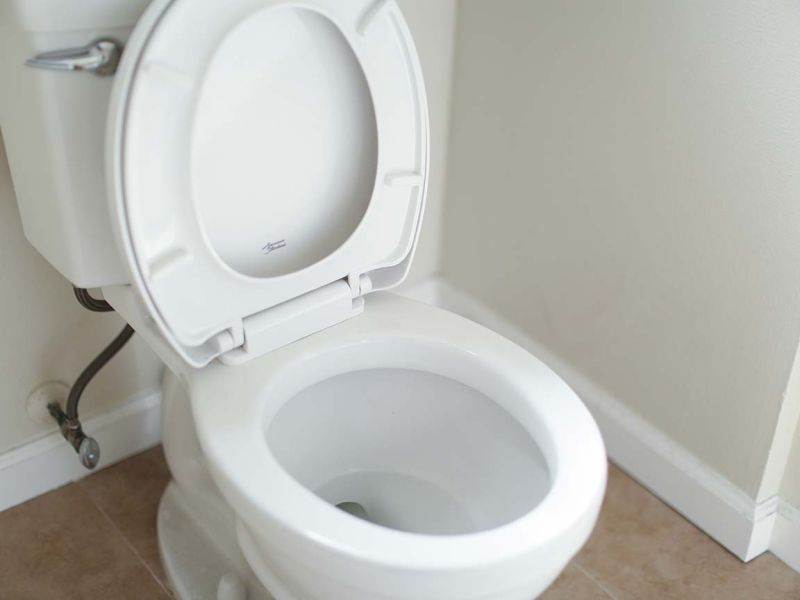Water & Sanitation Department
Water & Sanitation Contacts:
Phone: 970-968-2390 ext 300
Plant Address:
0020 Highway 91
Copper Mountain, CO 80443
Chief Plant Operator:
Ed Pankevicius
Phone: 970-968-2390 ext 111
The Copper Mountain Consolidated Metropolitan District Water & Sanitation Department provides drinking water and wastewater treatment services to the Copper Mountain community. We also conduct design review, issue permits, and provide construction related services for engineers, contractors, and developers.

Drinking Water
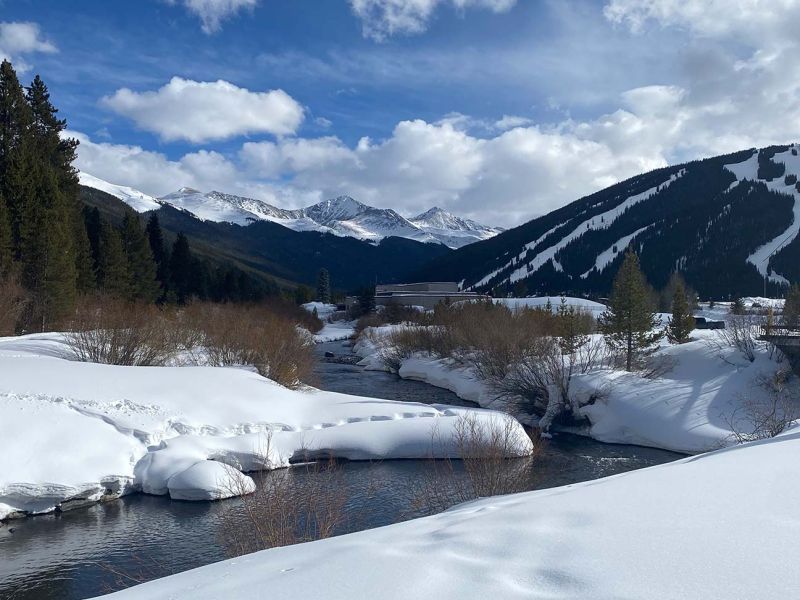
Source Water

Distribution System

Operations Staff

Wastewater

Regulation
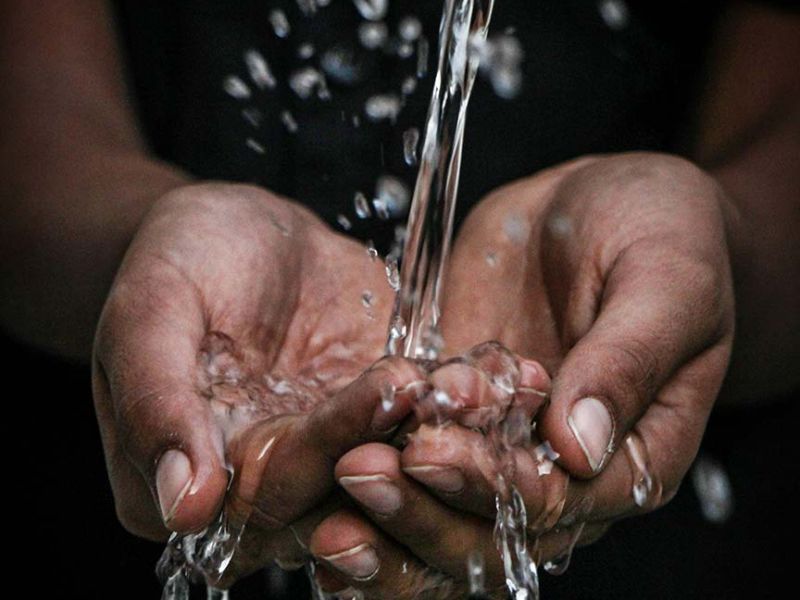
CMCMD Water Efficiency Plan
Developed in partnership with the High Country Conservation Center and Brendle Group, the CMCMD Water Efficiency Plan is scheduled to be formally adopted by the District Board of Directors at the June 2018 Board Meeting. Download the final version of the plan below, the plan will be permanently posted on the District website as Resolution 2018-04.

Flush Stagnant Lines for Consumption
If your home or facility has been vacant for a significant length of time, we recommend flushing your water lines before you use the water for consumption. Turning on your faucets for several minutes removes the older stagnant water from your lines and brings in fresh water. Run the water until you feel a significant drop in temperature to ensure you are getting fresh water from our distribution system.
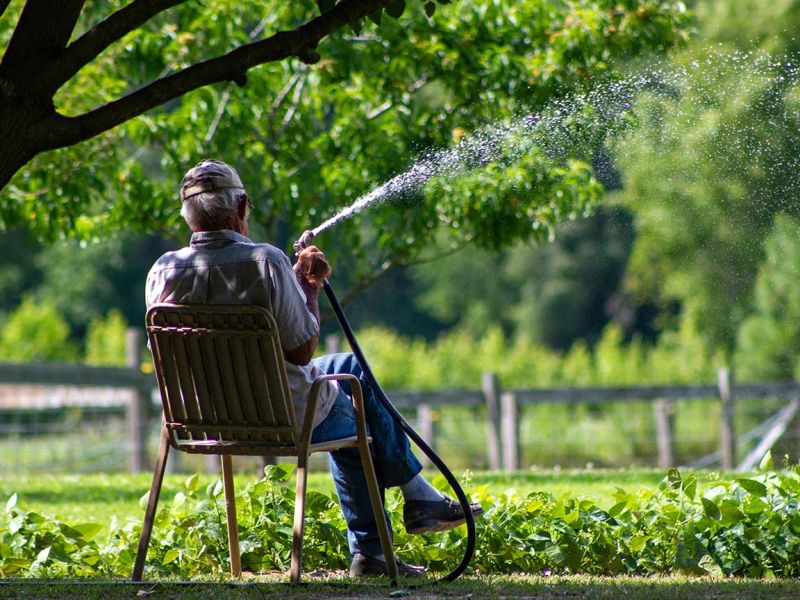
Water Smart Irriagtion
Summit County Irrigation Schedule
| Last full number in address | Nights to Water | Time to Water |
|---|---|---|
| Even | Tue, Thu, Sat | Overnight, 6pm – 9am |
| Odd | Wed, Fri, Sun | Overnight, 6pm – 9am |
For additional resources on outdoor water efficiency check out High Country Conservation Center website’s Water Smart Irrigation page.
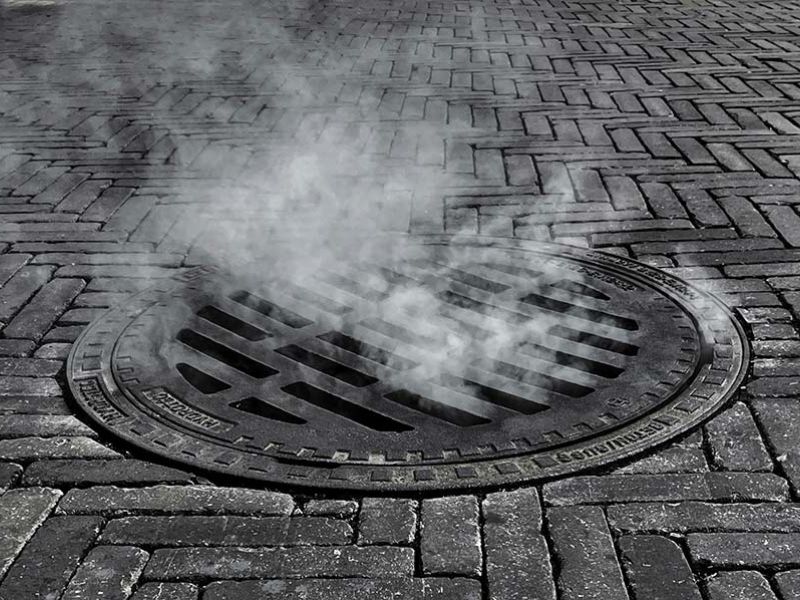
Sewer Line Backup Information
More information can be found on The Colorado Special Districts Property and Liability Pool Website
